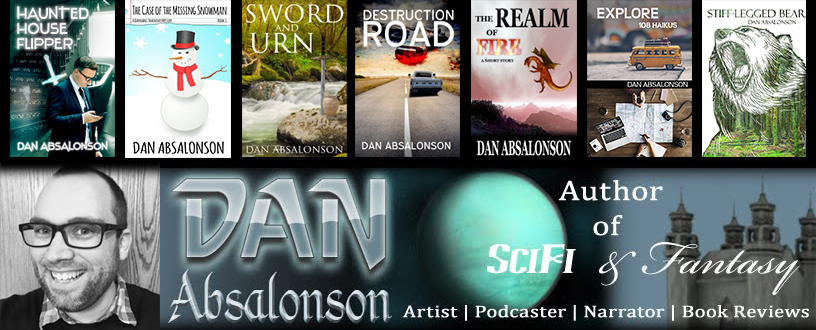When Soylent Green first premiered in 1973, it received mixed reviews from the critics and was beaten at the box office by Charlotte's Web. However, despite this unimpressive debut, it has become a cult classic and is as relevant today as it was during its original release. Though on the surface it appears to be a straightforward science fiction movie, complete with beautiful women and fast moving action scenes, it is the underlying environmental and moral message that has led to its staying power.
The film opens with a photo montage that demonstrates wordlessly the increasingly crowded nature of our living conditions. The early photos are of small groups of people in idyllic natural settings, while by the end all that is shown is a crowded city landscape with nary a blade of grass or tree in sight. This powerful visual sets the tone for the rest of the movie, while also broadcasting a real-life warning to those watching.
The rest of the film continues this juxtaposition between reality and fiction. In this Richard Fleischer directed film, the lack of natural resources has led to extreme income inequality and most residents need government rations to even survive. Women are bought and sold like pieces of furniture and the government protects the wealthy rather than the vulnerable. Though fictional, the portrait this world paints is one that has been found throughout human history when income inequality becomes severe.
The central conflict in the film begins when a wealthy resident is killed and Detective Frank Thorn, played expertly by Charlton Heston, is assigned to the case. In the course of tracking down the man's killer, the audience is shown how degraded this alternate world's society has become. While most people barely escape starvation, the murder victim had every possible luxury at his disposal, including a young concubine named Shirl, played by Leigh Taylor-Young who is seen as just another beautiful object.
Nor does the corruption end there. The real horror uncovered by Thorn is that the rations being handed out by the government, and the only thing keeping poorer citizens from starving, are actually made out of processed human flesh. Though this product, called “Soylent Green,” was originally produced with seaweed, the plant-based ingredient has run out. While the wealthy hoard resources, the poor are being tricked into cannibalism.
 At the same time that Thorn and his roommate Roth, played by Edward G. Robinson, are uncovering this horrific conspiracy, starving people are rioting at Soylent Green factories and demanding more food. Roth is so horrified by the information they've uncovered that he commits suicide, a particularly hard scene to watch as the actor himself died only days later. Thorn's final battle is to try to let the population know what is happening while avoiding assassins determined to silence him.
At the same time that Thorn and his roommate Roth, played by Edward G. Robinson, are uncovering this horrific conspiracy, starving people are rioting at Soylent Green factories and demanding more food. Roth is so horrified by the information they've uncovered that he commits suicide, a particularly hard scene to watch as the actor himself died only days later. Thorn's final battle is to try to let the population know what is happening while avoiding assassins determined to silence him.
While certainly set in an alternate universe, the film reflected real fears about what could happen if population growth continued unchecked. At the time the film was being made, Americans were becoming increasingly aware of environmental concerns. The Clean Air Act was passed in the beginning of the 1970's and the Water Pollution Control Act was completely updated a couple years later. In fact, a laundry list of environmental laws were passed during this time, many of which are still around today. The Environment Protection Agency also came into being during this decade. One reason the film still resonates so strongly is that despite these laws environmental damage and climate change are still hugely relevant issues. According to Ohio Gas, 25 percent of greenhouse gases are emitted by the United States alone, demonstrating that despite our heightened awareness, we have not changed our behavior.
Films like Soylent Green succeed because they are able to present real issues as entertainment. Global warming has brought the dangers of fossil fuels and overpopulation back into the forefront of both political conversation and everyday concern. Though seemingly impossible now, a society like that shown in the film is in fact not so farfetched. Water shortages, food riots, and extreme income inequality are already real problems. While government sanctioned cannibalism has thus far been avoided, it may not be out of the question in a future where people have overwhelmed the planet.



No comments:
Post a Comment